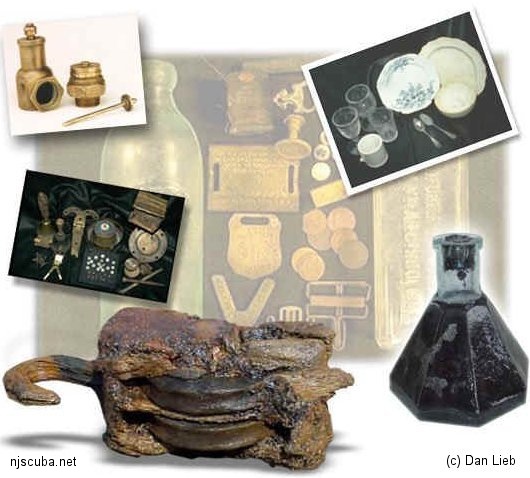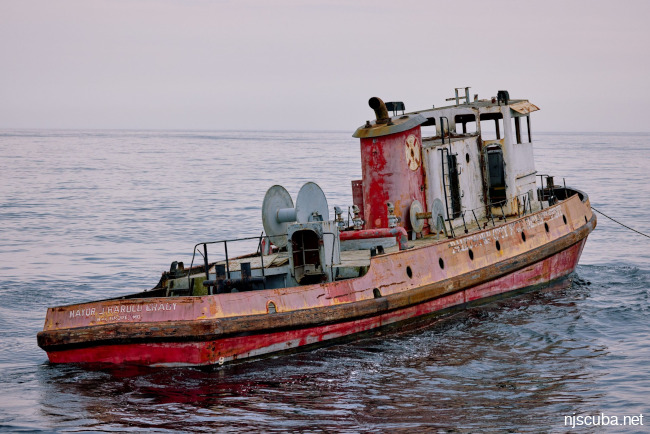Materials
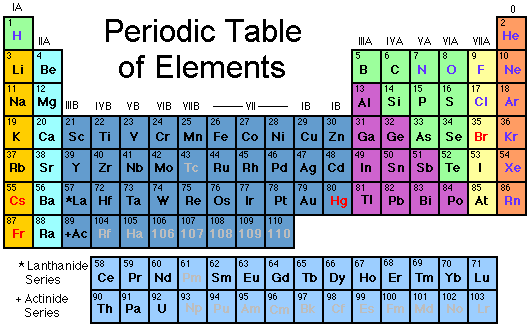
A metal is a chemical element displaying certain properties by which it is normally distinguished from a nonmetal, notably its metallic luster, the capacity to lose electrons and form a positive ion, and the ability to conduct heat and electricity. The metals comprise about two-thirds of the known elements. Some metals, including copper, tin, iron, lead, gold, silver, and mercury, were known to the ancients; copper is probably the oldest known metal.
More: Metallurgy ...
Iron and steel artifacts are much less sought-after than brass and other metals, because they readily corrode in saltwater, and are difficult to clean and preserve after recovery. Exposure to air tremendously accelerates the corrosive process, and without proper conservation, a nice iron or steel artifact will become an ugly lump of rust within weeks of removal from the water.
More: Iron, Steel & Rust ...

Copper, brass, and bronze are all relatively immune to saltwater corrosion. Brass artifacts of all sorts are easily cleaned up into shiny souvenirs for those who value them. Bright green copper sheets and tubes add color to many wrecks, while bronze is the material of choice for the most coveted of all diver's artifacts - a ship's bell.
Copper and some of its alloys have been used by humanity since the Bronze Age. One of the first metals known to humans, free copper was probably mined in the Tigris-Euphrates valley as long ago as the 5th century BC. Cyprus, from which the metal's name originally comes, was the primary source of copper in the ancient world.
More: Copper, Brass & Bronze ...
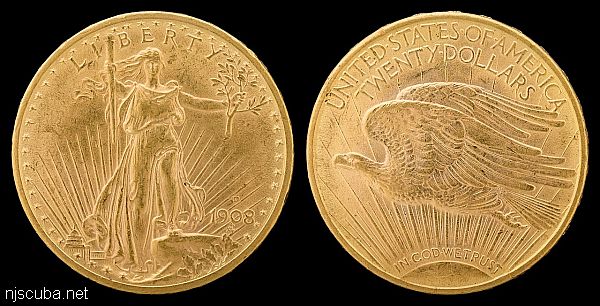
These metals are of little interest as artifacts. They are, however, interesting for other reasons. Tin and zinc are used in copper-based alloys such as bronze, and the diver's favorite - brass. Aluminum, lead, and titanium are all used in the manufacture of many items of dive gear, not the least of which is tanks. And zinc is used in pure form in sacrificial anodes which protect the other metal parts of your dive boat from corrosion, while chromium and nickel are major constituents of many marine alloys. Wouldn't we all like to find a trove of silver and gold!
More: Miscellaneous Metals ...
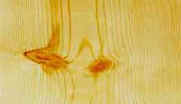

All woods turn black after prolonged immersion.
Botanically, wood is the xylem tissue that forms the bulk of the stem of a woody plant. Xylem conducts sap upward from the roots to the leaves, stores food in the form of complex carbohydrates, and provides support; it is made up of various types of cells specialized for each of these purposes. Among them are tracheids, elongated conduction and support cells; parenchyma ( food storage ) cells, some of which form rays for transverse conduction; xylem vessels, formed of hollow cells joined end to end; and fiber cells that reinforce these tubes. In the conifers the xylem is made up mainly of tracheids, thus presenting a uniform, nonporous appearance; their wood is called softwood. Deciduous trees have more complex xylem, permeated by vessels, and are called hardwoods, although the description is sometimes inaccurate.
More: Wood & Organic Materials ...
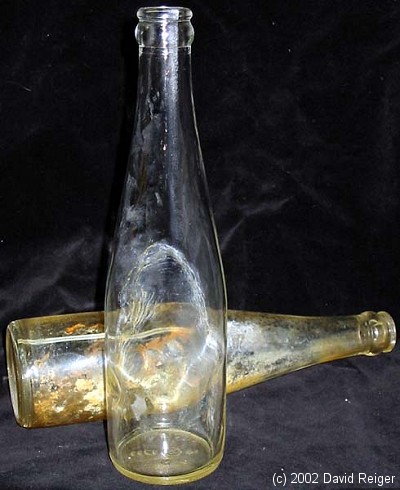
Glass is a hard substance, usually brittle and transparent, composed chiefly of silicates and an alkali fused at high temperature.
Composition and Properties of Glass
Most glass is a mixture of silica obtained from beds of fine sand or from pulverized sandstone; an alkali to lower the melting point, usually a form of soda or, for finer glass, potash; lime as a stabilizer; and cullet ( waste glass ) to assist in melting the mixture. The properties of glass are varied by adding other substances, commonly in the form of oxides, e.g., lead, for brilliance and weight; boron, for thermal and electrical resistance; barium, to increase the refractive index, as in optical glass; cerium, to absorb infrared rays; metallic oxides, to impart color; and manganese, for decolorizing.
More: Glass & Ceramics ...
Rock is an aggregation of solid matter composed of one or more of the minerals forming the earth's crust. The scientific study of rocks is called petrology. Rocks are commonly divided, according to their origin, into three major classes - igneous, sedimentary, and metamorphic.
Not all rock-like materials are created by nature. Almost all civilizations have depended to some extent on artificial building materials, the most common of which are concrete, brick, and asphalt.
More: Rock & Stone ...

Polymer materials - rubbers, plastics, and silicones - are not really of interest as artifacts. They are, however, among the most important materials to divers: without neoprene, nylon, and a bewildering range of other polymer materials, we would not have most of the equipment that makes diving possible!
More: Polymer Materials ...
Specific gravity is the ratio of the density of a material to the density of water. Materials with a specific gravity greater than 1.000 ( 1.035 in the ocean ) sink; materials with a specific gravity less than 1.000 ( 1.035 in the ocean ) float. Lead has the highest specific gravity - 11.35, except for gold. Gases like air also have weight, density, and specific gravity.
These figures are approximate and should be used only as general indicators.
More: Density & Specific Gravity ...

